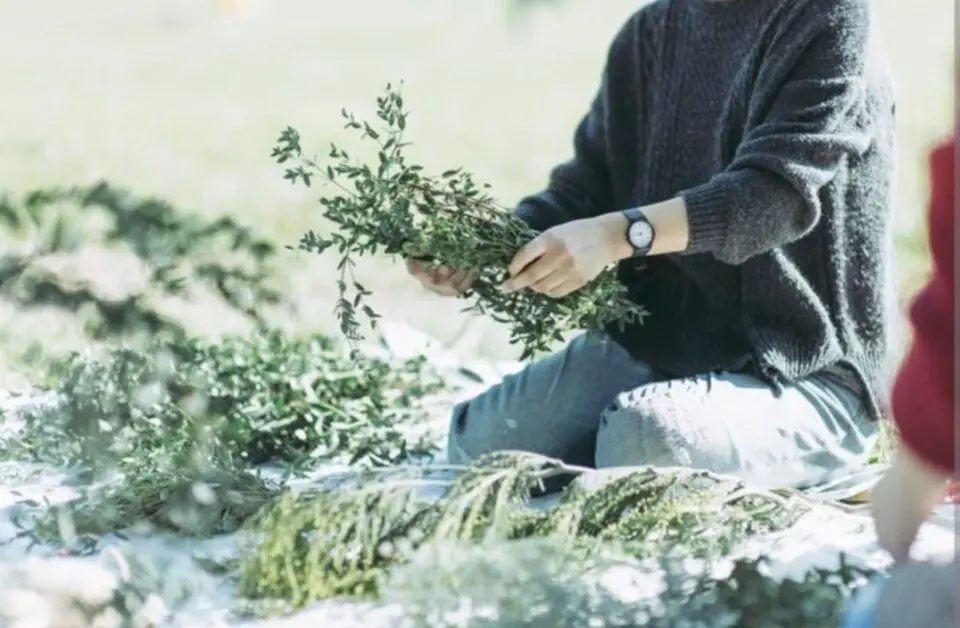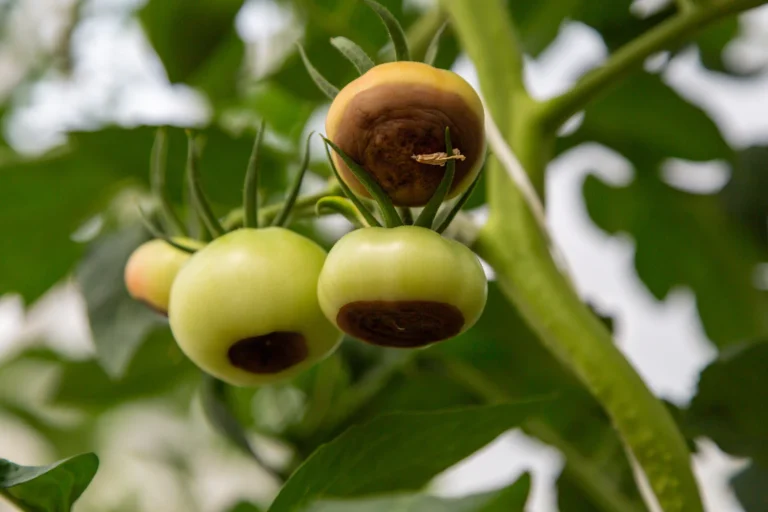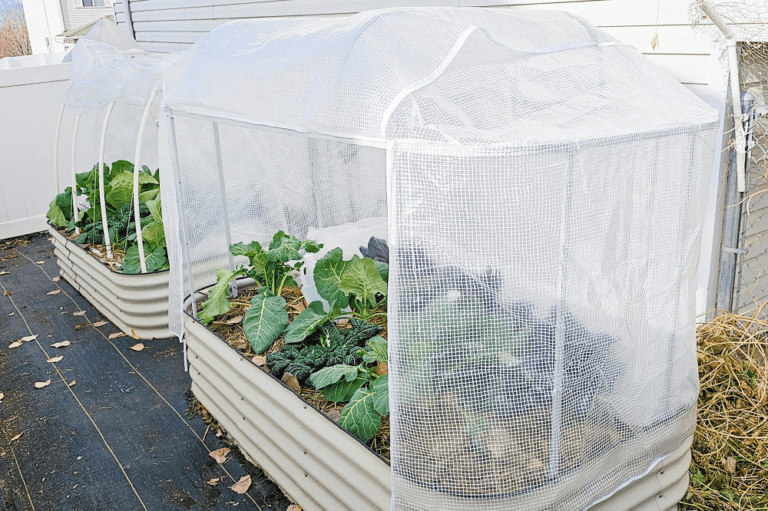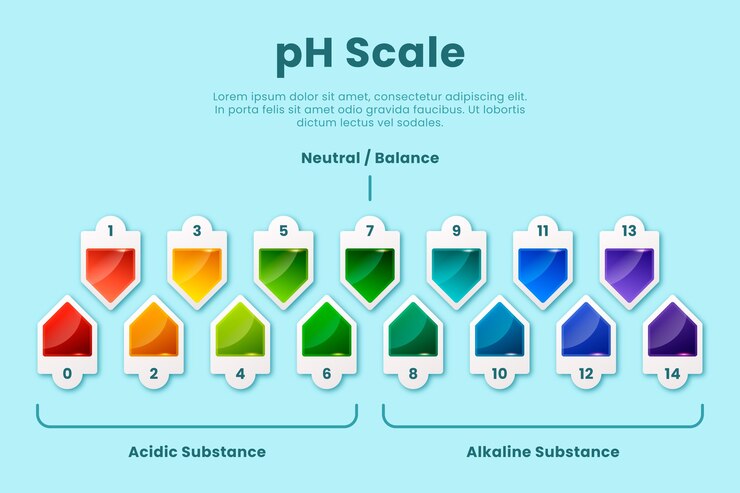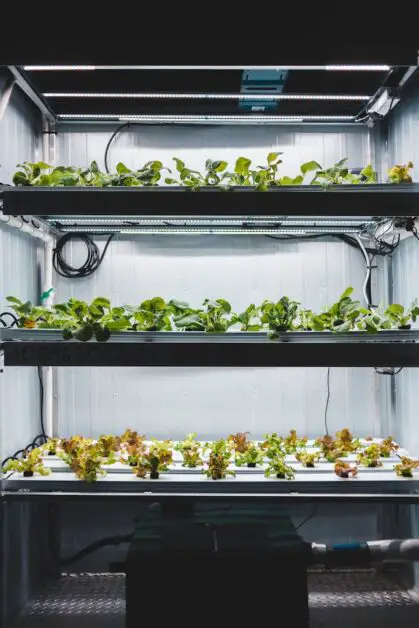11 Tips for Growing Winter Greens in Southern California
Table of Contents
Tips for Successful Winter Green Gardening in Southern California
Winter green gardening can be a rewarding and enjoyable activity in Southern California, thanks to the region’s mild climate. To ensure success in your winter green garden, there are a few essential tips to keep in mind. Firstly, select the right winter greens that are well-suited to the Southern California climate. Some excellent options include kale, collard greens, Swiss chard, and lettuce varieties such as romaine or butterhead.

Once you’ve chosen your winter greens, it’s crucial to prepare the soil properly. Start by testing the pH level and making any necessary adjustments to create an optimal growing environment. Adding organic matter, such as compost or well-rotted manure, can help improve soil structure and fertility. Additionally, incorporating a balanced fertilizer into the soil will ensure that your winter greens have access to vital nutrients throughout their growth cycle. Taking these initial steps will set a solid foundation for your winter green garden and increase the likelihood of a successful harvest.
Choosing the Right Winter Greens for Southern California
When it comes to choosing the right winter greens for your Southern California garden, there are several varieties that thrive in this region’s mild winter climate. One popular choice is kale, which not only survives but thrives during the cooler months. Kale is packed with nutrients, including vitamin C, vitamin K, and antioxidants, making it an excellent addition to your winter meals. Another great option is Swiss chard, which comes in vibrant colors and has a mild, versatile flavor. It is rich in vitamins A, C, and K, as well as magnesium, potassium, and iron.

Another winter green that flourishes in Southern California is arugula. Known for its peppery taste, arugula adds a unique flavor to salads and other dishes. It is a great source of vitamin K and antioxidants. Spinach is also a top choice for winter greens, as it is easy to grow and incredibly nutritious. Packed with iron, calcium, and vitamins A and C, spinach is a versatile option for salads, smoothies, and cooked dishes. No matter which winter greens you choose, selecting varieties that thrive in Southern California’s climate will ensure a successful and bountiful harvest.
Preparing Your Soil for Winter Green Planting in Southern California
Preparing your soil is a crucial step in ensuring successful winter green planting in Southern California. The quality and composition of the soil directly affect the growth and health of your winter greens. Before planting, it is important to assess the condition of your soil and make any necessary amendments.
Start by testing the pH level of your soil. Most winter greens prefer a slightly acidic pH level, ranging from 5.8 to 6.5. Conduct a soil test using a home testing kit or send samples to a local agricultural extension office for a more comprehensive analysis. Adjust the pH level as needed by adding lime to raise it or sulfur to lower it.
In addition to pH, soil fertility is another essential aspect to consider. Winter greens require nutrient-rich soil to thrive. Conduct a soil nutrient analysis to determine if your soil lacks any essential elements. Common deficiencies in Southern California soils include nitrogen, phosphorus, and potassium. Incorporate organic matter, such as compost or well-rotted manure, into the soil to improve its fertility and provide a steady release of nutrients over time. Consider using organic fertilizers to supplement any specific nutrient deficiencies identified in the analysis.
To ensure proper drainage, assess the soil’s structure and texture. Sandy soil tends to drain quickly and may require organic matter to improve its water retention capabilities. On the other hand, clay soil may benefit from the addition of sand or gypsum to enhance drainage. The ideal soil texture for winter greens is well-draining loam.
Before planting, thoroughly prepare the soil by removing any weeds or debris. Loosen the soil using a garden fork or tiller, ensuring it is crumbly and easy to work with. Break up any clumps and remove any large rocks or roots that could impede root growth.
By following these steps and taking the time to prepare your soil properly, you are setting the foundation for a successful winter green garden in Southern California. With nutrient-rich soil, proper pH levels, and optimal drainage, your winter greens will have the best chance to flourish and provide you with a bountiful harvest.
Selecting the Ideal Location for Growing Winter Greens in Southern California
When selecting the ideal location for growing winter greens in Southern California, it is important to consider several key factors. Firstly, ensure that the chosen location receives ample sunlight throughout the day. Winter greens, like all plants, need sunlight to carry out photosynthesis and grow healthily. Aim for a location that receives at least six to eight hours of direct sunlight to provide optimal conditions for their growth.
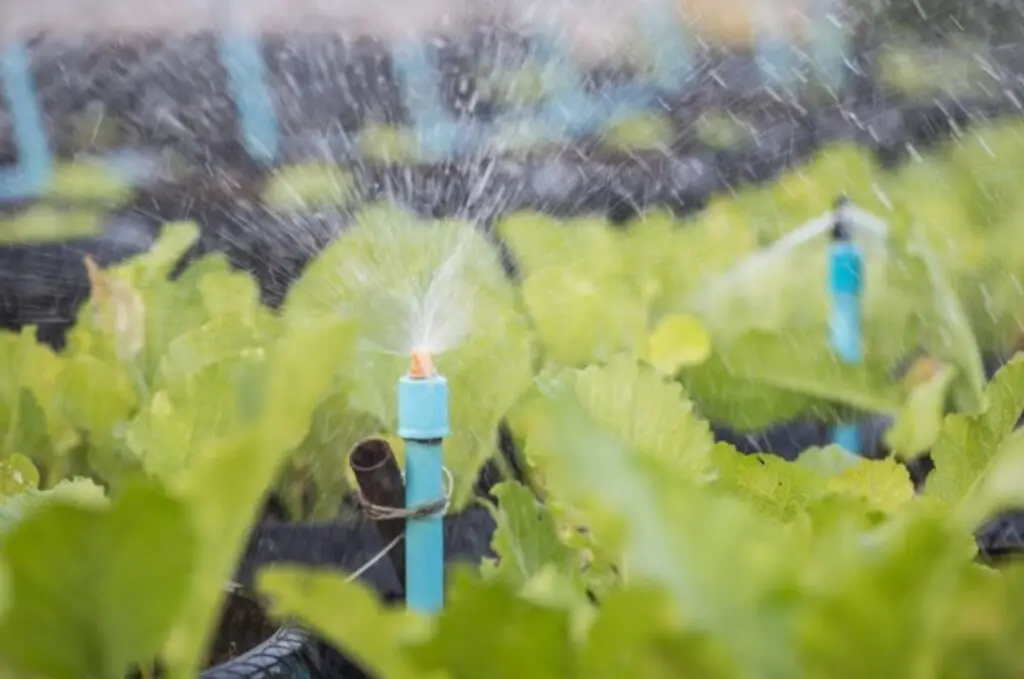
Secondly, take into account the surrounding landscape and ensure that the site is well-drained. Winter greens prefer well-drained soil to avoid waterlogging, which can lead to root rot and other moisture-related issues. Additionally, consider the wind patterns in your area. Strong winds can damage or uproot delicate winter greens, so it is advisable to choose a location where they will be sheltered from gusts.
Lastly, consider the proximity to a water source. Winter greens require adequate irrigation to thrive, so selecting a spot near a water supply will make watering more convenient. This can include a nearby faucet, rainwater harvesting system, or irrigation system.
By considering these factors, you can identify the ideal location for growing winter greens in Southern California, providing them with the best possible environment for healthy growth and abundant yields.
Understanding the Watering Needs of Winter Greens in Southern California
When it comes to watering winter greens in Southern California, it is essential to strike the right balance. While these plants need moisture to thrive, overwatering can be detrimental to their health. It is important to factor in both the weather conditions and the specific needs of the plants when determining the watering schedule.
| Watering Needs of Winter Greens in Southern California |
|---|
| 1. Consistent Moisture |
| 2. Deep Watering |
| 3. Morning Watering |
| 4. Mulching |
| 5. Drip Irrigation |
| 6. Avoid Overwatering |
| 7. Monitor Soil Moisture |
| 8. Adjust for Weather |
| 9. Container Considerations |
| 10. Adapt to Rainfall |
One key consideration is the type of winter greens you are growing. Some varieties, like kale and Swiss chard, have deeper root systems and can tolerate slightly drier conditions. On the other hand, more delicate greens like spinach and lettuce require consistent moisture and should not be allowed to dry out completely. Understanding the specific watering needs of each type of winter green will help you provide the optimal conditions for their growth.
In addition to considering the type of winter greens, monitoring the weather is crucial for determining the appropriate watering schedule. Southern California winters can vary greatly, with some regions experiencing bouts of rain while others remain relatively dry. Adjusting your watering routine based on these weather patterns will ensure that your winter greens receive the right amount of moisture without being overwhelmed by excessive watering. By paying attention to both the specific needs of the plants and the weather conditions, you can provide adequate hydration for your winter greens in Southern California.
Providing Adequate Sunlight for Winter Greens in Southern California
Adequate sunlight is crucial for the successful growth of winter greens in Southern California. These leafy vegetables thrive in cool weather but still require a good amount of sunlight to carry out the process of photosynthesis effectively. When choosing a location for your winter green garden, it is important to select an area that receives at least 6 hours of direct sunlight each day.
To ensure your winter greens receive the necessary sunlight, it’s important to consider factors such as tree cover or nearby structures that may cast unwanted shade. You want to maximize the exposure to sunlight, allowing your plants to absorb the energy they need to grow and produce a bountiful harvest. If you have limited space or encounter shading issues, consider using containers that can be moved throughout the day to ensure your winter greens receive sufficient sunlight.
Top 10 Strategies for Safeguarding Winter Greens from Frost in Southern California :
- Cover your winter greens with frost blankets or row covers during cold nights.
- Water the plants thoroughly before the expected frost to provide some insulation.
- Mulch around the plants to retain soil moisture and regulate temperature.
- Plant winter greens in well-draining soil to prevent waterlogging during cold spells.
- Choose frost-resistant varieties for your winter garden.
- Consider planting in containers that can be moved indoors during extreme cold.
- Monitor weather forecasts and take preemptive measures when frost is predicted.
- Set up temporary windbreaks to shield plants from cold winds.
- Avoid fertilizing late in the season to discourage new growth vulnerable to frost.
- If possible, plant winter greens in sheltered areas, such as against south-facing walls.
Remember, sunlight is not only essential for the growth and development of winter greens but also plays a vital role in enhancing their flavor and nutrient content. By providing adequate sunlight, you are helping your winter greens reach their full potential and ensuring a successful harvest.
Protecting Winter Greens from Frost and Cold Temperatures in Southern California
When it comes to protecting winter greens from frost and cold temperatures in Southern California, there are a few strategies you can implement to ensure the health and survival of your plants. One effective method is to cover your plants with a frost blanket or row cover. These lightweight fabrics provide a barrier between the plants and the cold air, helping to trap in warmth and prevent frost damage. It is important to securely anchor the covers to the ground, making sure there are no gaps where cold air can seep in. Additionally, you can use portable frost protection devices such as frost tents or cold frames to create a mini-greenhouse effect around your plants, shielding them from the harsh winter conditions.
Another technique to protect your winter greens is to mulch around the plants. Applying a layer of organic mulch, such as straw or shredded leaves, helps insulate the soil, keeping it warmer during the colder months. This extra layer also acts as a buffer, shielding the roots from extreme temperature fluctuations. It is crucial to apply the mulch in a thick and even layer, covering the entire root zone of the plants. Remember to leave a small gap between the mulch and the stems to prevent rot and encourage air circulation. By employing these methods, you can safeguard your winter greens and ensure a successful harvest even in the face of frosty conditions.
• Cover your plants with a frost blanket or row cover to provide a barrier against cold air and trap in warmth.
• Securely anchor the covers to the ground to prevent gaps where cold air can seep in.
• Use portable frost protection devices like frost tents or cold frames for a mini-greenhouse effect around your plants.
• Mulch around the plants with organic materials like straw or shredded leaves to insulate the soil and protect roots from temperature fluctuations.
• Apply mulch in a thick and even layer, covering the entire root zone of the plants.
• Leave a small gap between mulch and stems to prevent rot and encourage air circulation.
Implementing Organic Pest Control Methods for Winter Greens in Southern California
Implementing effective pest control methods is crucial for the successful cultivation of winter greens in Southern California. By employing organic approaches, gardeners can protect their crops from pests without resorting to harmful chemicals. Organic pest control not only ensures the health and safety of the plants but also contributes to the overall well-being of the environment.
One of the most effective organic pest control methods is companion planting. This technique involves strategically growing certain plants alongside winter greens to repel pests or attract beneficial insects. For example, planting marigolds near winter greens can deter aphids and other common pests. Additionally, aromatic herbs like basil and cilantro can attract beneficial insects like ladybugs and lacewings that feed on harmful pests.
Crop rotation is another important practice in organic pest control. By rotating the location of winter greens each season, gardeners can disrupt pest life cycles and reduce the likelihood of infestations. This is especially crucial as certain pests, such as cabbage worms and aphids, tend to target specific plant families. Rotating crops helps to prevent the buildup of these pests in the soil, promoting a healthier and pest-resistant growing environment.
With these organic pest control methods in place, gardeners can enjoy bountiful and pest-free winter greens in Southern California. By working in harmony with nature and employing sustainable practices, they can cultivate a thriving garden that is both environmentally friendly and abundant in nutritious produce.
Maintaining Proper Nutrient Levels for Winter Greens in Southern California
Maintaining proper nutrient levels is crucial for the successful growth and development of winter greens in Southern California. These leafy vegetables require specific nutrients to thrive and produce an abundant harvest. Providing the right balance of nutrients will not only promote healthy plant growth but also enhance the flavor and nutritional content of the greens.
One of the essential nutrients for winter greens is nitrogen. Nitrogen is responsible for promoting leafy growth and vibrant green color in plants. It is advisable to use organic nitrogen-rich fertilizers, such as compost or well-rotted manure, to ensure a slow and steady release of nutrients. Additionally, incorporating a nitrogen-fixing cover crop, like legumes, into the soil can help replenish nitrogen levels naturally.
In addition to nitrogen, winter greens also require adequate amounts of phosphorus and potassium. Phosphorus supports root development and flowering, while potassium enhances overall plant vigor and disease resistance. A balanced fertilizer with a higher phosphorus and potassium content can be applied before planting or as a side dressing during the growing season. Regular soil testing can guide gardeners in determining the specific nutrient needs of their greens and making appropriate adjustments to maintain optimal nutrient levels.
To ensure the success of your winter greens, it is vital to pay attention to the nutrient requirements of these leafy vegetables. By providing the right balance of nitrogen, phosphorus, and potassium, you can support the growth, health, and productivity of your plants. Incorporating organic fertilizers and cover crops, and regularly testing and amending the soil, will help ensure that your winter garden is bursting with vibrant and nutrient-rich greens.
Harvesting and Storing Winter Greens in Southern California
When it comes to harvesting and storing winter greens in Southern California, timing is everything. The best time to harvest your winter greens is in the morning, when the leaves are fresh and crisp. Be sure to use a sharp pair of scissors or garden shears to avoid damaging the plant. Start by snipping off the outer leaves, leaving the inner ones untouched. This will allow the plant to continue growing and producing more greens for future harvests.
Once you’ve harvested your winter greens, it’s important to store them properly to maintain their freshness and flavor. Start by gently rinsing the leaves to remove any dirt or debris. Shake off the excess water and pat the leaves dry with a clean towel. Next, wrap the greens in a damp paper towel and place them in a plastic bag or airtight container. Store them in the crisper drawer of your refrigerator, where the temperature and humidity are optimal for preserving their quality. Remember to use your harvested winter greens within a week for the best taste and nutritional value.
Now that you know the basics of harvesting and storing winter greens in Southern California, you can enjoy a bountiful supply of fresh and healthy greens throughout the winter season. Don’t forget to experiment with different varieties and recipes to make the most of your harvest. Stay tuned for more tips on successful winter green gardening in Southern California
For more details check the vedio given below:
What are some tips for successful winter green gardening in Southern California?
Some tips for successful winter green gardening in Southern California include choosing the right winter greens, preparing the soil properly, selecting the ideal location, understanding watering needs, providing adequate sunlight, protecting against frost, implementing organic pest control methods, and maintaining proper nutrient levels.
Which winter greens are suitable for Southern California?
Some winter greens that are suitable for Southern California include kale, Swiss chard, spinach, collard greens, lettuce varieties like winter density and romaine, and arugula.
How should I prepare my soil for winter green planting in Southern California?
To prepare your soil for winter green planting in Southern California, start by removing any weeds or debris. Then, amend the soil with organic matter such as compost or well-rotted manure to improve its fertility and drainage.
What is the ideal location for growing winter greens in Southern California?
The ideal location for growing winter greens in Southern California is an area that receives full sun or partial shade. It should also be protected from strong winds.
How often should I water winter greens in Southern California?
Winter greens in Southern California generally require watering once or twice a week, depending on the weather conditions and the specific needs of the plants. It’s important to keep the soil consistently moist but not waterlogged.
How can I protect winter greens from frost and cold temperatures in Southern California?
To protect winter greens from frost and cold temperatures in Southern California, you can cover them with a frost cloth or sheet during the colder nights. Additionally, planting them in raised beds or using mulch can help insulate the soil and provide some protection.
What are some organic pest control methods I can use for winter greens in Southern California?
Some organic pest control methods for winter greens in Southern California include using companion planting, such as planting marigolds to deter pests, handpicking pests off the plants, applying organic insecticidal soaps or oils, and creating physical barriers like netting or row covers.
How can I ensure proper nutrient levels for winter greens in Southern California?
Ensuring proper nutrient levels for winter greens in Southern California can be achieved by regularly amending the soil with organic matter, using organic fertilizers specifically formulated for greens, and conducting soil tests to determine any deficiencies that need to be addressed.
When is the best time to harvest and store winter greens in Southern California?
The best time to harvest winter greens in Southern California is when the leaves are young and tender, usually before they become too mature and bitter. It’s recommended to harvest in the morning when the leaves are crisp. After harvesting, store the greens in a cool, dark place or in the refrigerator to maintain freshness.

